Many fun articles have compared the way different nationalities play poker games.
But what if we looked at their cuisine instead?
Today, we will consider various poker game food choices and snacks to see how they might translate to poker strategies and if we can find any fitting analogies.
1: How Tapas Reflect a Conservative Small Ball Poker Strategy
Most of us can be indecisive when ordering a meal, but the Spanish have the perfect solution in tapas.
If you’ve never eaten it, tapas is a variety of small bite-sized dishes instead of a larger main course. Eating tapas lets you enjoy a few different meals in the same sitting without the risk of excessive waste or the button popping on your jeans!
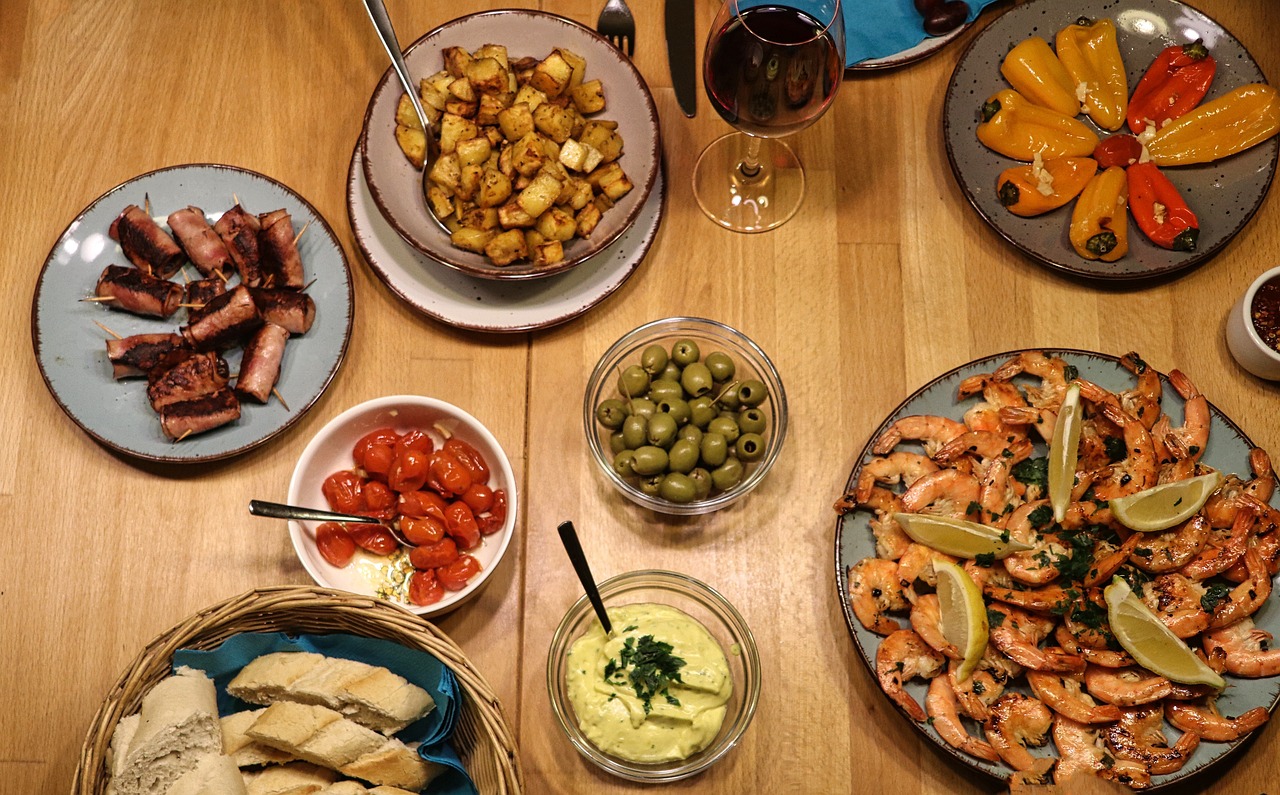
In many ways, eating tapas is a bit like playing ‘small ball’ poker. If that’s not a term you’ve heard when learning how to play poker, don’t fret. Smallball is the name of a popular tournament strategy made famous by Daniel Negreanu a decade or two ago.
In simple terms, it is a conservative poker style that involves the following –
- Avoiding dangerous high variance plays.
- Making lots of small, low risk bluffs instead.
Like enjoying poker game food such as tapas, small ball poker aims to take small bites of your opponent’s stack.
Small ball poker can be very effective if you get the balance right, especially against passive or unobservant opponents. It enables you to build a stack without risking your tournament life.
As such, good small ball poker can make you less vulnerable to the pains of variance, which is a massive bonus for tournament players.
However, you have to be careful not to push things too far. If you do, good attentive players might start returning fire, which can put you in some high-variance spots.
Like overeating tapas, this can lead to a lot of heartburn, aka heartache!
2: Why Poker Tournaments Are Just Like Popcorn: Calm Moments Followed by Explosive Action
Popcorn is a classic American cinema snack with a perfect poker analogy. Uncooked kernels sit in a bag, dull, lifeless, and brown. Toss them into a hot, oily pan, and they transform into a delicious, explosive dance.
It’s long periods of nothingness interrupted by moments of chaos, precisely what a poker tournament is.

Tilting poker players are a lot like cooking popcorn kernels, too. They get hotter and hotter until the pressure eventually builds so much that they explode.
This pressure leads to tilt, tantrums and chip donations as everyone else sits back, enjoys the show, and tries to grab as many handfuls as possible.
3: Trusting the Process in Poker, Just Like Perfecting Baked Alaska
You might not have heard of it, but Baked Alaska is a pretty cool cooked dessert. What makes it so fascinating is its ice cream centre, which stays frozen in the oven.
If you paid attention in physics class, you might know the science behind this sorcery. Even if not, cooking Baked Alaska can teach us an essential lesson about poker (no peeking at a poker cheat sheet):
The importance of trusting a process.
Poker is a very swingy game. Your results can often deviate massively from expectations, which makes it possible to do everything right and lose. This fact can be demoralising and cause people to question their ability.
Although it is wise to review your play regularly, experimenting with new strategies is risky during a downswing. You are less likely to be patient and objective when you are losing.

It also takes time to break old habits and implement changes. You can’t reliably gauge a new strategy’s effectiveness until you’ve had time to build a reliable sample, either.
With this in mind, it is often wiser to stick with the profitable strategies you are familiar with, than to adjust your play during a downswing.
Just as we focus on the recipe when we make baked Alaska and ignore the science behind ice cream staying frozen in the oven, you’re usually better off trusting the process and letting variance do its thing.
4: The Unpredictability of Bubble and Squeak Mirrors Random Poker Strategies
When people imagine British food they often think of the headliners, like fish and chips, fried breakfasts, or roast beef.
But another traditional dish known as ‘bubble and squeak’ exists and is far less famous.
Bubble and squeak is traditionally made by mixing leftovers together and tossing them in a frying pan, but some people add fresh ingredients. The name comes from the sound the concoction makes when cooking.
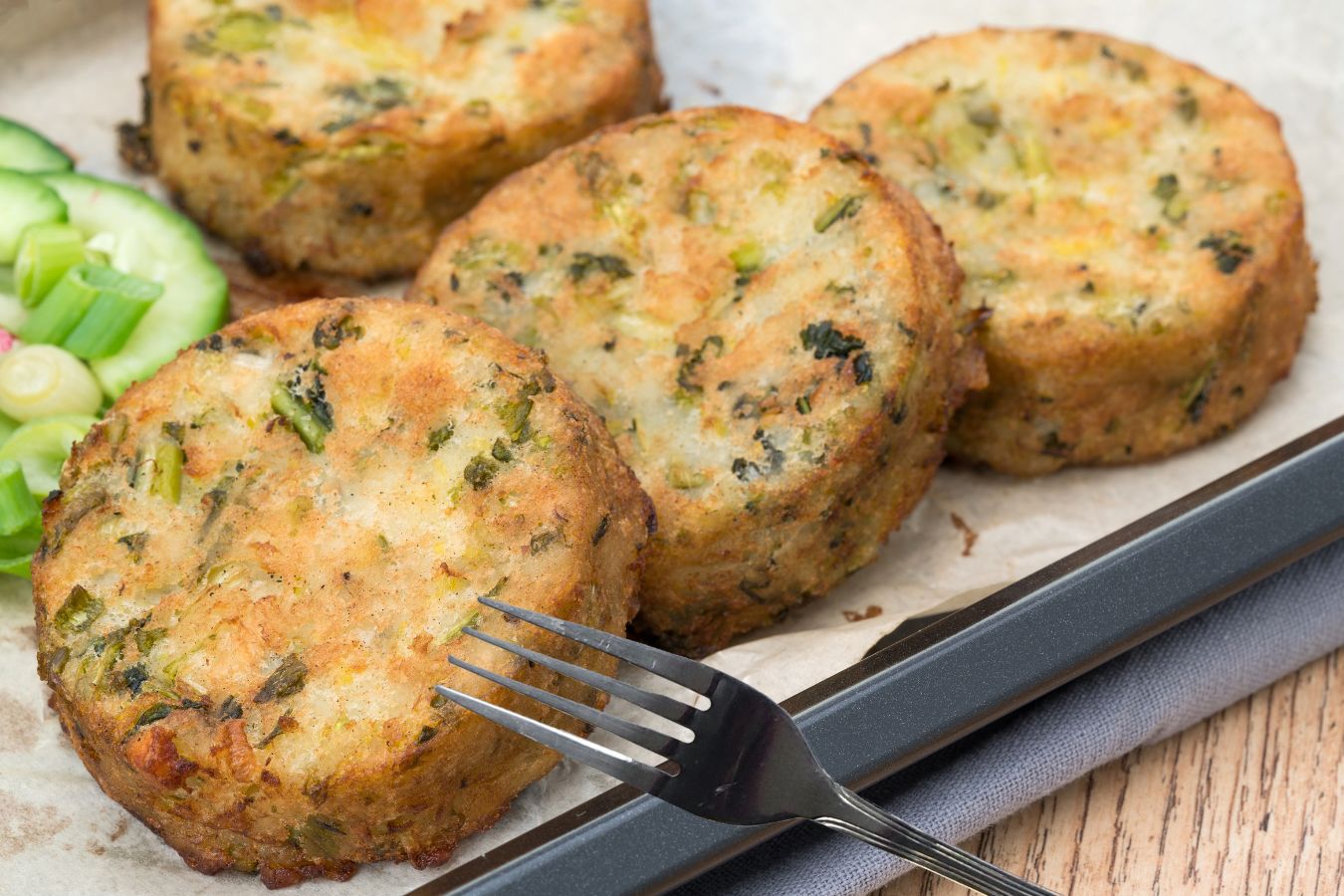
As you might expect, it is pretty tricky to anticipate which leftovers you will have after a meal, making bubble and squeak different each time you make it.
From a poker perspective, this dish is a bit like tossing random chips in the middle, playing random poker combos and seeing what happens.
It is not the most thoughtful strategy, but it is exciting, and you never know how it will turn out.
5: Balance Is Key: What Curries Teach Us About Solver-Based Poker
With the ‘laptop gate’ scandal at this year’s WSOP Main Event, it’s clear that poker solvers are an integral part of the modern game - for good reason.
If you’re not well versed in this poker term, solvers calculate optimal strategies with perfect check, bet, and raising frequencies. These balanced strategies are impossible to beat, and the only way to combat them is to use one yourself (which will see you both breaking even).
The invention of GTO solvers might sound like the beginning of the end for poker, but thankfully, they are way too complicated for humans to learn in full.
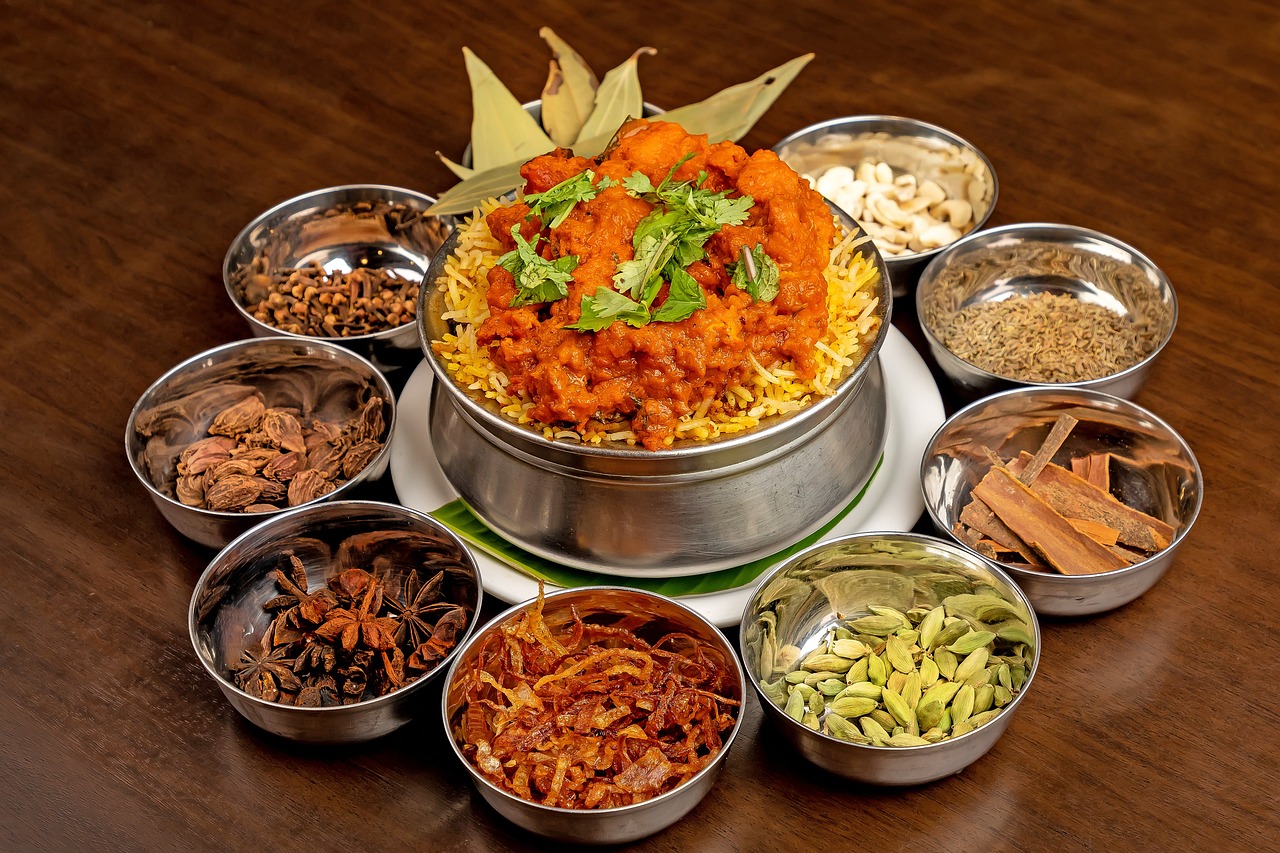
Nonetheless, poker’s shift towards GTO makes it a lot like preparing Indian food.
- Too much chilli makes your curry inedible; too little and it loses its kick.
- Overcook the rice, and it’s mush, but rush it, and you’ll break your teeth.
- Seconds separate a crispy and burned papadom; nobody likes a soggy onion bhaji.
Cooking Indian food is about balance, just like modern solver-based poker.
6: Core Ingredients in Poker: How Pasta Reflects the Basics of the Game
However interesting a spot might seem at the table, you can only ever make one of three plays: bet, raise or fold. These three things are the core ingredients of playing a poker hand. This fact might seem limiting, but the complexity of the game proves otherwise.
After all, there are more potential poker situations than atoms in the universe.
This playing style makes poker much like Italian pasta since it contains a handful of core ingredients, like bolognese, cheese and pasta.
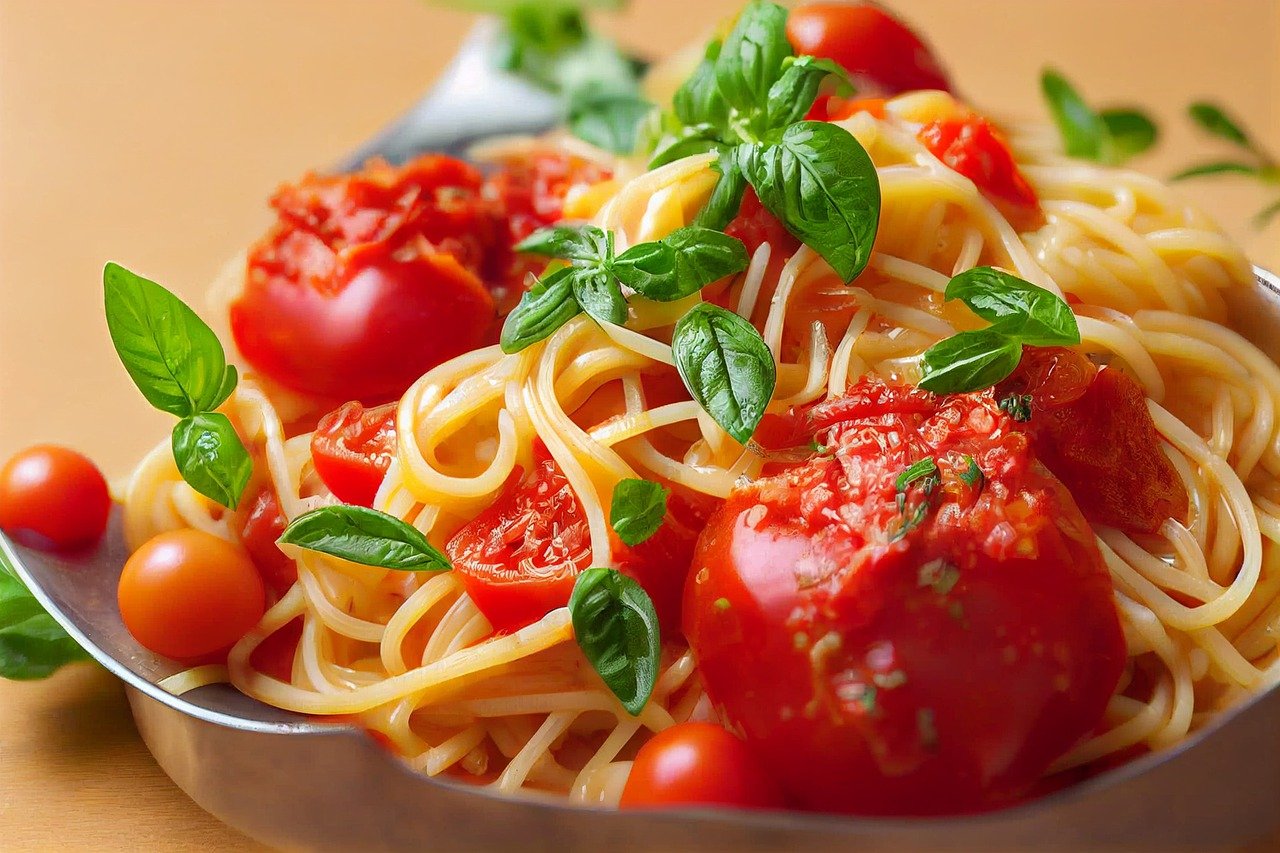
The Italians have given us many classic dishes like lasagne, spaghetti bolognese, and cannelloni, adding a few extras and using different quantities and cooking methods.
Playing poker is like owning an Italian restaurant. In both ventures, success depends on your ability to use different combinations of a few key ingredients to outperform your competitors.
This process is far easier said than done, however, especially at the poker table. Much of what you do will be based on your opposition, but inventing clever betting lines and sizes is one key to success.
7: Building Poker Fundamentals with a Cheesy, Tomato-Loaded Analogy
While we’re on Italian food, we might as well mention pizza. It can give us another interesting analogy.
Like many Italian dishes, pizza centres on cheese and tomatoes, but we can add a variety of toppings to spice things up.
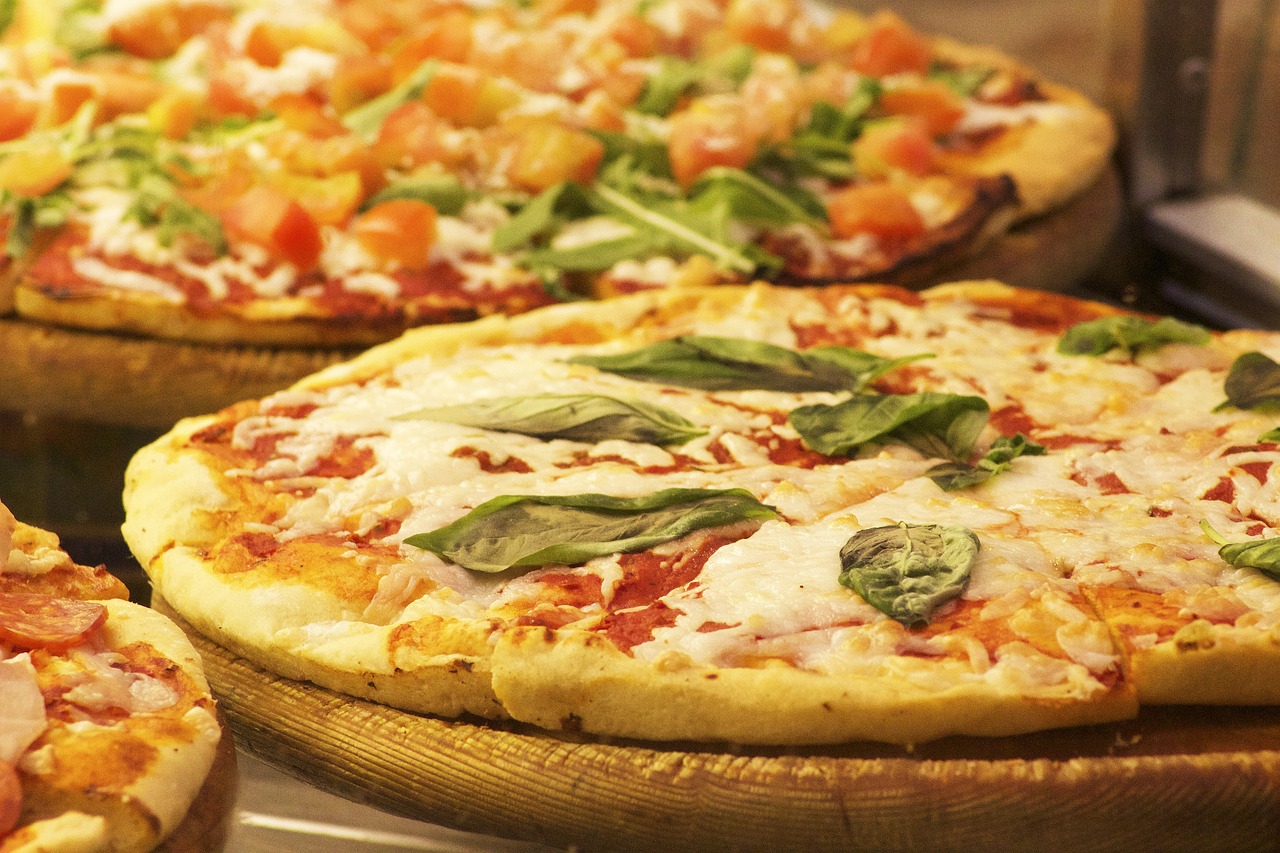
If we were to relate pizza, a classic poker game food, to poker strategies, we might say the following –
- The base represents the fundamentals of the game.
- Things like opening ranges and positional awareness are the cheese and tomato.
Your success depends on the quality of these core ingredients.
Poor fundamentals can decimate your results on the felt, just as too much folding turns a pizza into a calzone!
“But what about the toppings?” You're probably asking this question, wiping stringy mozzarella from your chin.
The toppings would represent a player’s personality and flare.
Like over-betting and check-raising in poker, toppings can take things to the next level.
But they can never make a pizza without a sturdy cheese and tomato base.
So, there we have it—seven ways we can relate poker to food. Can you think of any others?


